The Moon
Last weekend, I hosted an astrophotography workshop on lunar photography for our local astronomy club. Tonight the skies finally cleared, and I got to apply what was learned! Here’s our lunar neighbor, in hi-res glory.
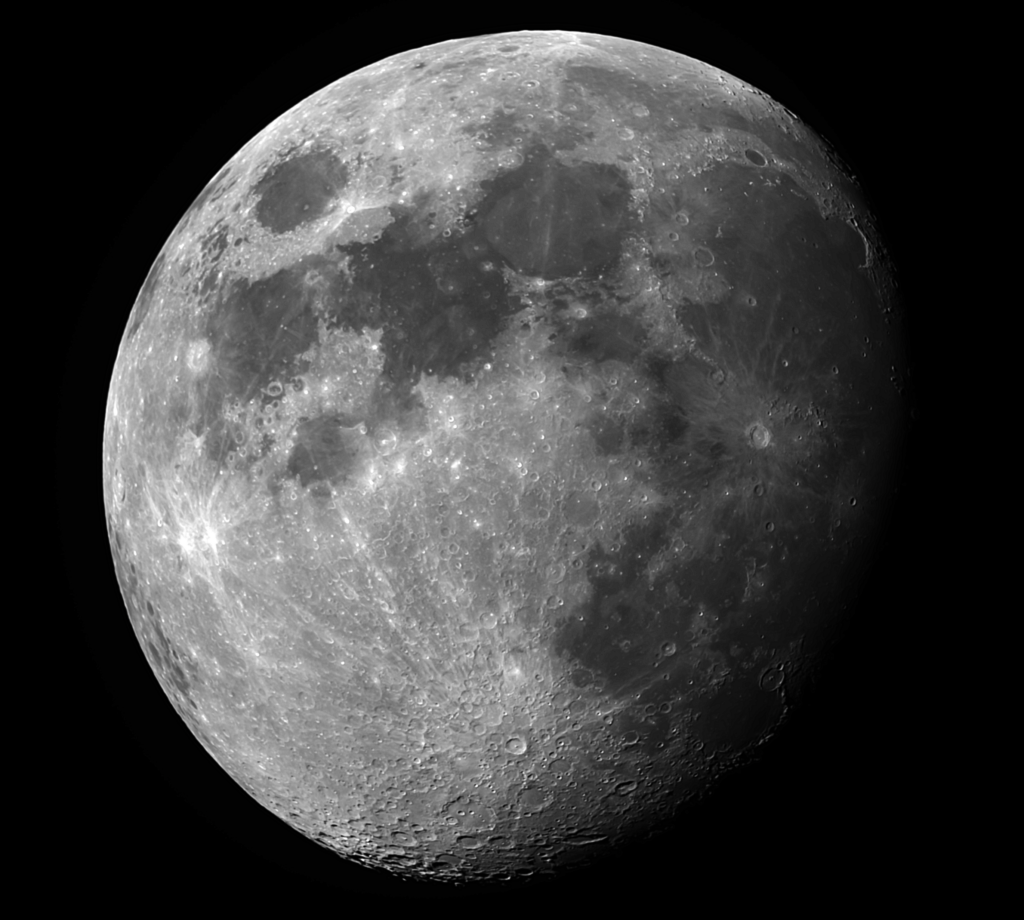

Last weekend, I hosted an astrophotography workshop on lunar photography for our local astronomy club. Tonight the skies finally cleared, and I got to apply what was learned! Here’s our lunar neighbor, in hi-res glory.

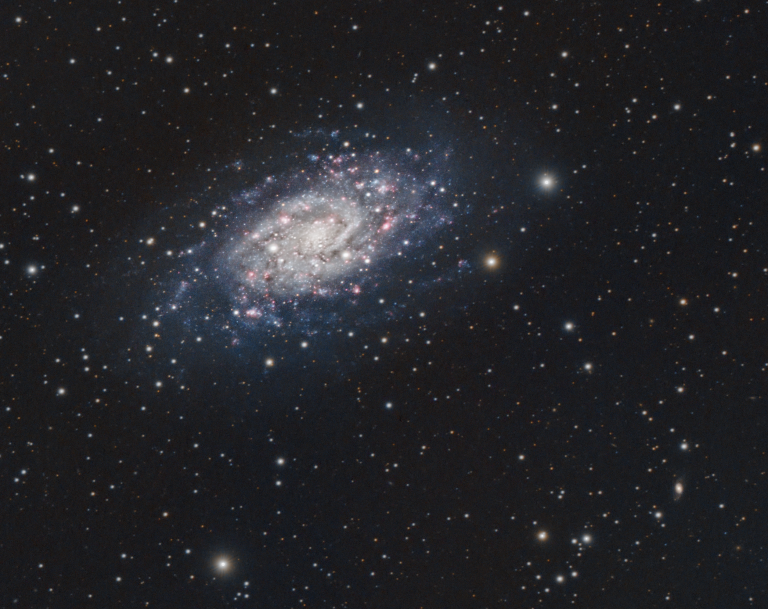
About 10 million light-years away within the constellation Camelopardalis lies NGC2403. It doesn’t get much love, but it was really an oversight in the famous Messier catalog that defines the most popular deep-sky objects. So let’s give it a little attention, and reflect on the fact that the light we’re seeing from this galaxy started…
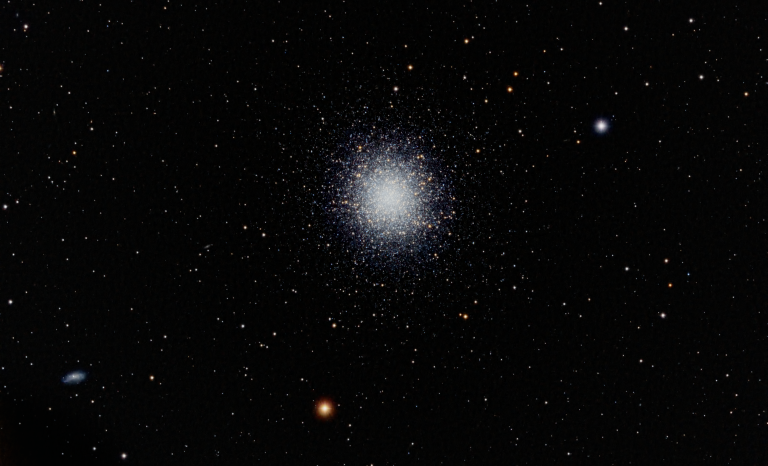
M13, the great globular cluster in Hercules. You can see some of its interesting neighbors, including the galaxy NGC 6207 in the lower-left. While M13 itself is 25,000 light-years away just above our galactic plane, NGC 6207 is 37 million light-years distant. About halfway between the two, the galaxy IC 4617 is also visible –…
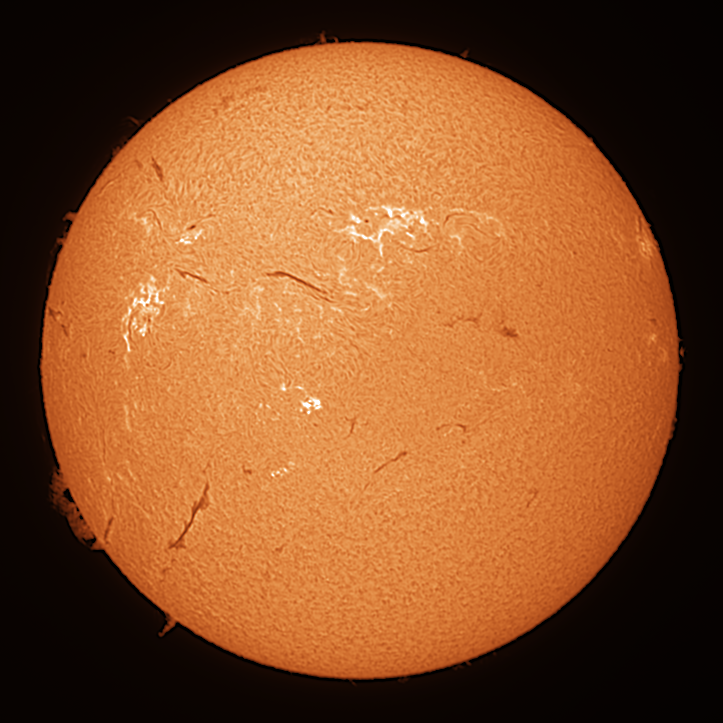
This solar cycle has been quite a bit more active than forecast. It motivated me to up my game a little bit with solar imaging; this is my first image with a “double stack” setup that results in narrower filtering on the Hydrogen-alpha emissions from the sun. Lots and lots of prominences, filaments, and sunspots…
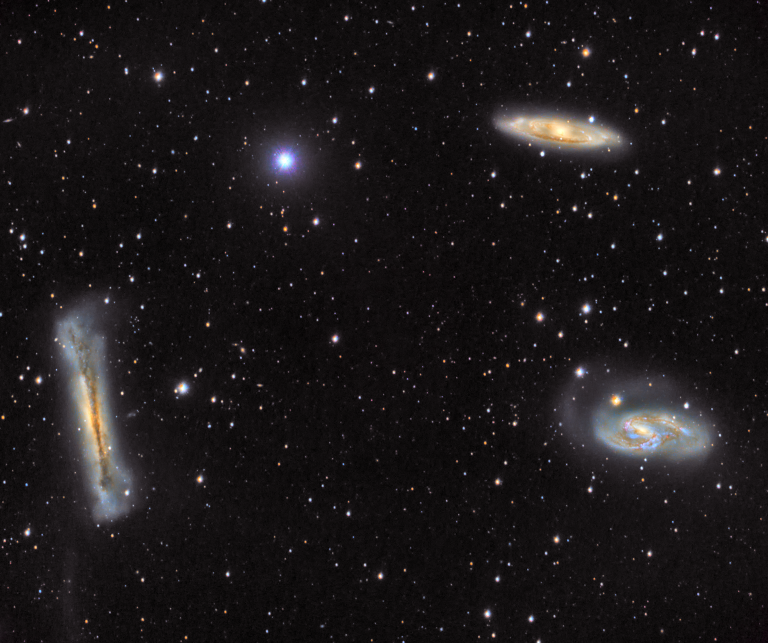
The three galaxies in the constellation Leo (M65, M66, and NGC3628) are about 31 million light-years away. Each one is being seen from a different angle; the one viewed edge-on is also known as the “Hamburger Galaxy”. Each has been interacting with each other, and distorting the shapes of these galaxies through the complex dance…
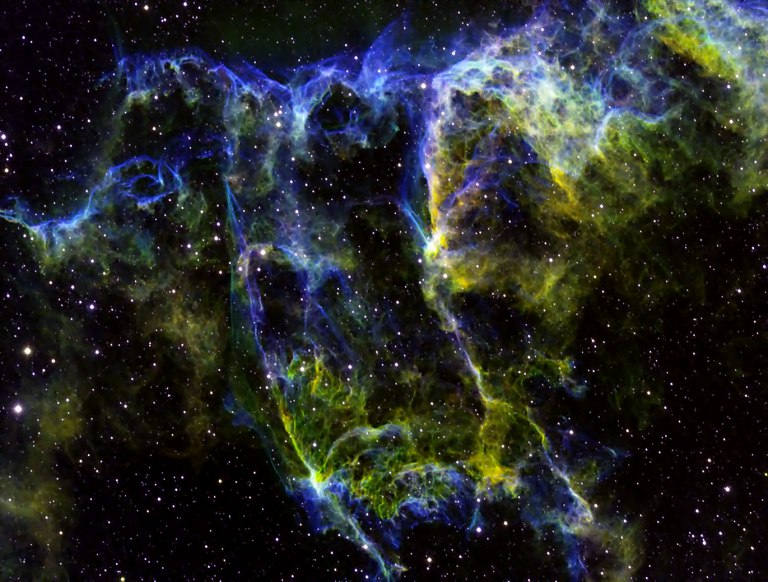
Taken just prior to Halloween in 2018, the southeastern knot of the Eastern Veil Nebula takes on a ghostly appearance when imaged in the Hubble palette with narrowband filters.
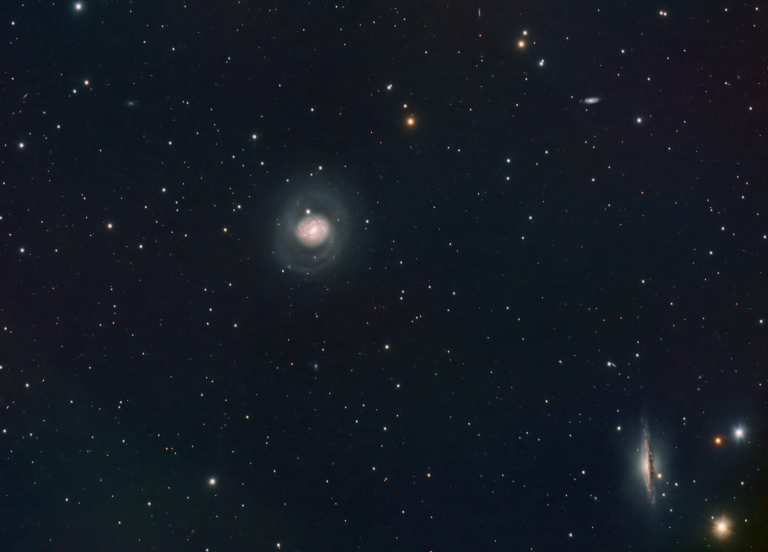
This was intended to just be an image of the galaxy M77 in Cetus, but quite a few other galactic photobombers showed up! The annotated image below guides you to the brighter galaxies in this image, but click on it to expand it, and you’ll find many other ones as well that are incomprehensibly distant.